A water company’s battle to eradicate water poverty among its customers is being boosted by innovative data analytics techniques.
Northumbrian Water is committed to eliminating water poverty – defined as where someone is spending more than 3% of their household income after housing costs on water and sewerage services – in its operational areas of the North East and Essex & Suffolk by 2030.
A team of data insight analysts is using anonymised, location-specific data and leading edge techniques to identify areas where people are most likely to be in water poverty.
Testing, using a sample of data, began at the end of 2018 and the first results have indicated accuracy of approximately 80%, which is expected to improve as the data model continues to learn and develop. These methods are now being applied to the wider customer database of more than 2 million accounts, to give a clearer picture of the areas where people may be at risk of water poverty.
The information is now to be used in targeting information and directing efforts to encourage customers to sign up to the company’s Priority Services Register and receive support, which could include reduced bills and support with repayment of arrears.
By developing its own process, the company not only creates a “water poverty risk map” that is automatically updated every month, it also saves approximately £50,000 per year, which would normally be spent on buying such information from credit reference agencies.
Additionally, bad debt is a cost that ultimately adds to every customer’s bill, therefore, reducing water poverty will contribute to Northumbrian Water’s aim of decreasing charges by up to 14% by 2024/5.
The system works by feeding data into software that applies “machine learning”, a process that systematically identifies and prioritises certain trends in the information that may indicate water poverty. The software also uses elements of artificial intelligence, meaning it is constantly learning and improving on its findings.
Such indicators include social demographics and payment history, with factors such as the frequency of payments and fluctuations in the amounts paid.
Mike Hull, Intelligence and Analytics Manager, said: “As a company, we are committed to making life easier for our customers and a big part of that is eradicating water poverty in our area. This machine learning process is a leading edge method of pinpointing areas where there is a high likelihood of people who are in need of some form of support.”
Mark Wilkinson, Head of Income, added: “This allows our team to focus their attention on these areas when it comes to promoting our ways of supporting people out of water poverty, through such offerings as affordable tariffs. Additionally, as we identify those affected, our Customer team can refer them to independent partners, such as the debt charity StepChange, to help with any wider financial problems where relevant.
“The process saves us money and helps us to do the same for all customers, by reducing bad debt and bills.”
People who think they can benefit from Northumbrian Water’s Priority Services Register can find out more and sign up at www.nwl.co.uk/priority.
